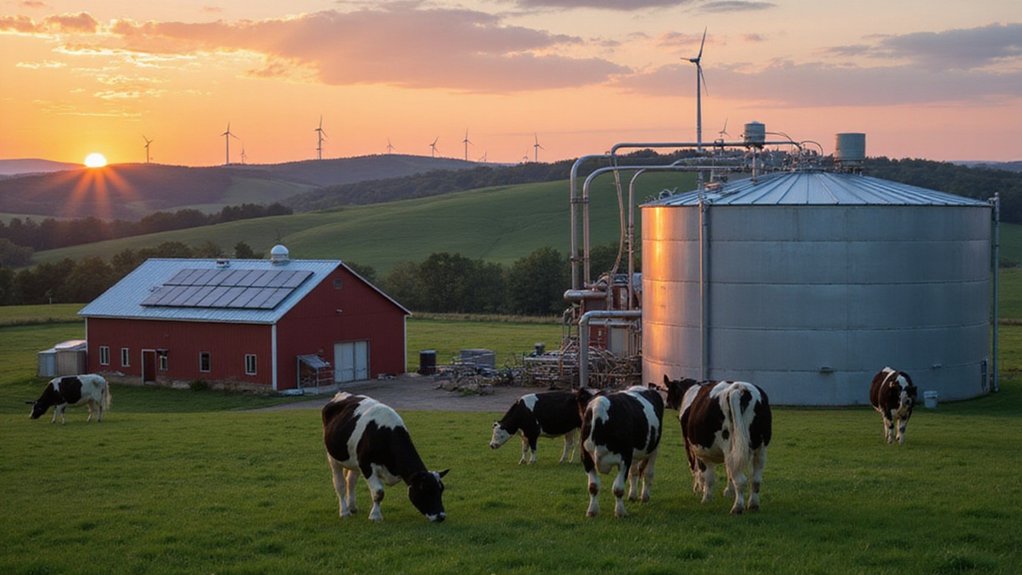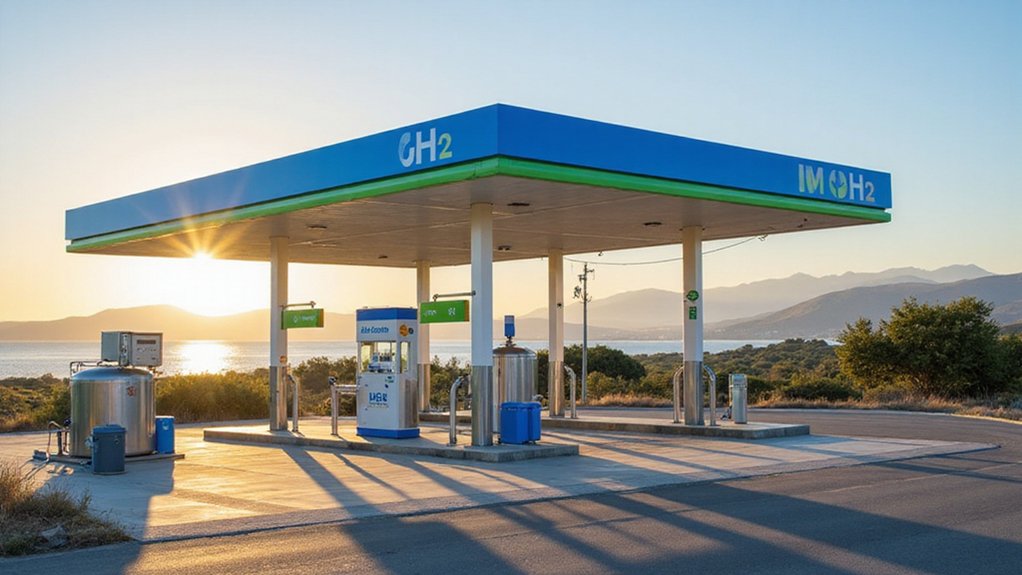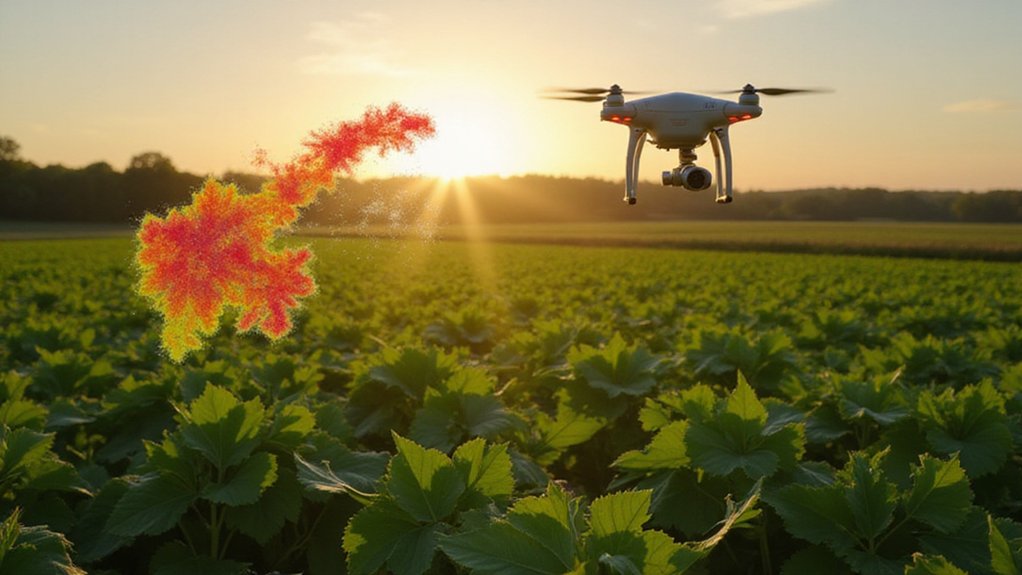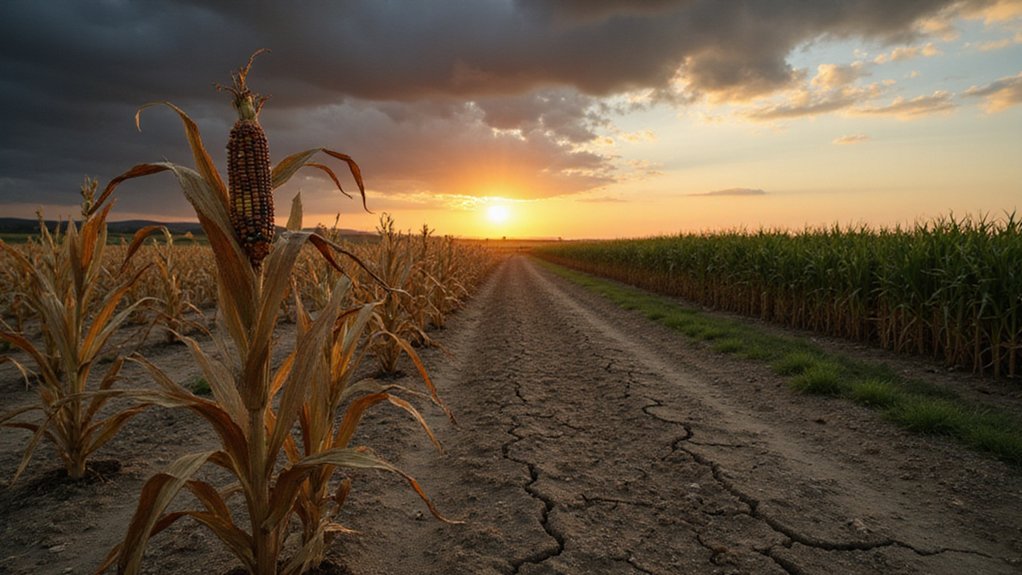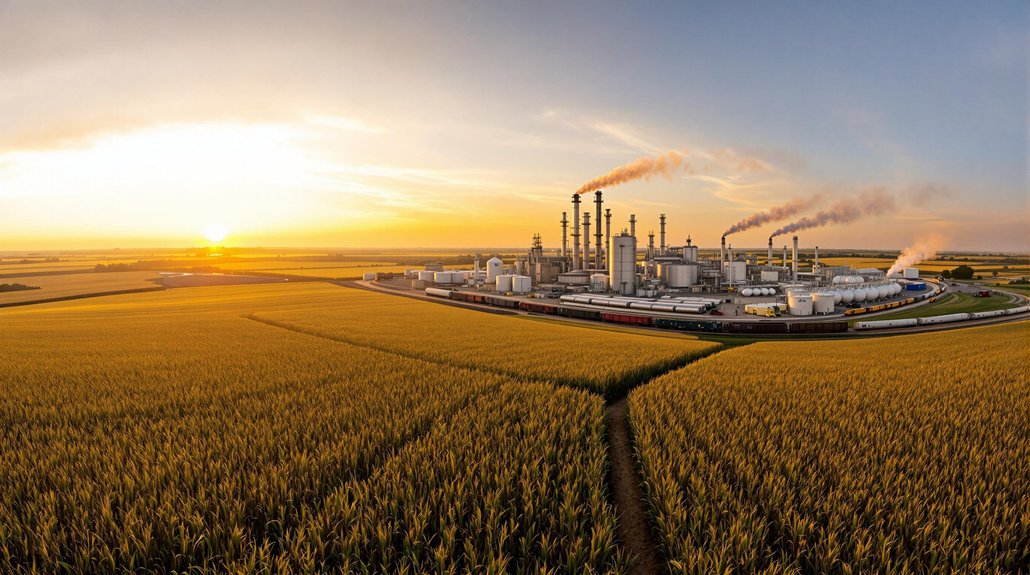Hundreds of dairy farms across the country are literally turning cow crap into cash. They’re using giant tanks called anaerobic digesters to trap methane from manure before it escapes into the atmosphere. The technology sounds fancy, but the concept is dead simple: capture the gas, clean it up, sell it.
The numbers are wild. These digesters slash methane emissions from manure by 80%. That matters because methane packs a climate punch 25 times stronger than carbon dioxide. California farmers have installed 168 digesters so far, with 243 total projects covering 271 farms. Before 2017, the state had fewer than 20. Talk about rapid growth.
Digesters slash methane emissions by 80% while methane hits 25 times harder than CO2
The process works like this: bacteria break down manure in oxygen-free tanks, producing biogas rich in methane. Farmers then upgrade this gas into renewable natural gas, electricity, or hydrogen fuel. Some farms use it themselves. Others inject it straight into natural gas pipelines. Smart operators are clustering digesters together, sharing expensive cleanup equipment and pipeline connections. Fourteen California clusters now process methane from dozens of farms at once.
Money talks. These projects generate 4.29 million metric tons of CO2 equivalent reductions annually across the U.S. California’s dairy digester programs delivered 20% of statewide greenhouse gas reductions while receiving just 1.5% of climate funding. That’s bang for your buck. Farmers get new revenue streams from energy sales, carbon credits, and reduced operational costs. The biogas often powers their own operations too. Of the 100 digesters operational by 2022, 83 were funded by the California Department of Food & Agriculture.
The environmental benefits extend beyond climate. Digesters kill pathogens, reduce odors, and lower water pollution risks from raw manure. They’re helping California hit its target of cutting dairy methane 40% below 2013 levels. The digesters also help farms manage nutrient recycling, turning waste products into valuable soil amendments. Rural communities get cleaner air and more resilient energy grids. These systems represent a perfect example of biomass energy, one of the key alternative resources that’s helping reduce our dependence on fossil fuels.
Currently 221 digesters operate nationwide, with over 50 more under construction. Experts say 2,700 additional dairy farms could adopt the technology. Sure, digesters need careful maintenance. Early projects had leak issues. But operators figured it out through adaptive management. The transformation continues, one cow patty at a time.
References
- https://www.epa.gov/agstar/anaerobic-digestion-dairy-farms
- https://www.biocycle.net/dairy-methane-emissions-reductions/
- https://www.dairycares.com/dairy-digesters
- https://www.sustainability-times.com/energy/dairy-methane-miracle-these-digesters-deliver-80-emissions-drop-and-turn-manure-into-massive-renewable-energy-wins/
- https://ww2.arb.ca.gov/sites/default/files/2022-03/final-dairy-livestock-SB1383-analysis.pdf
